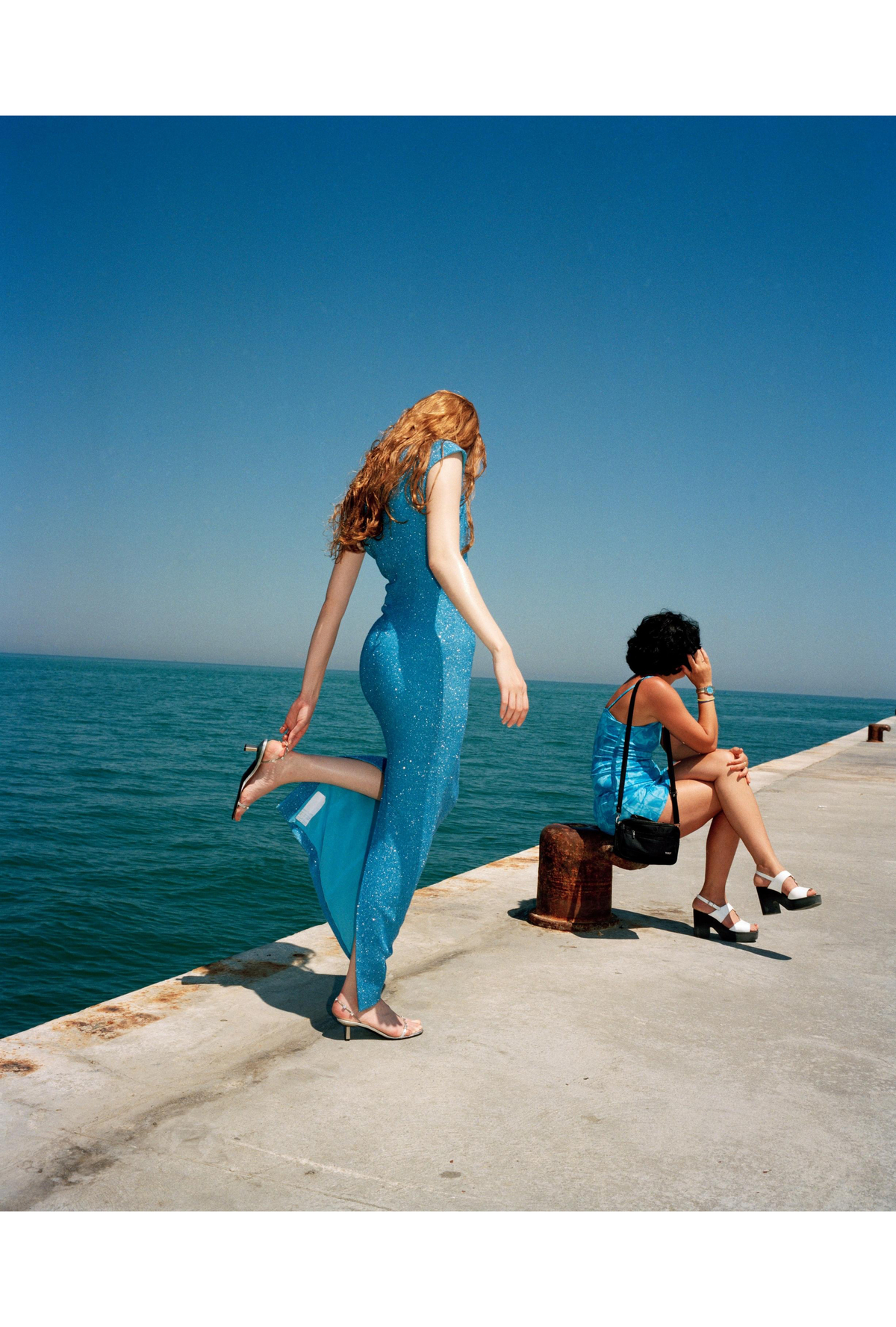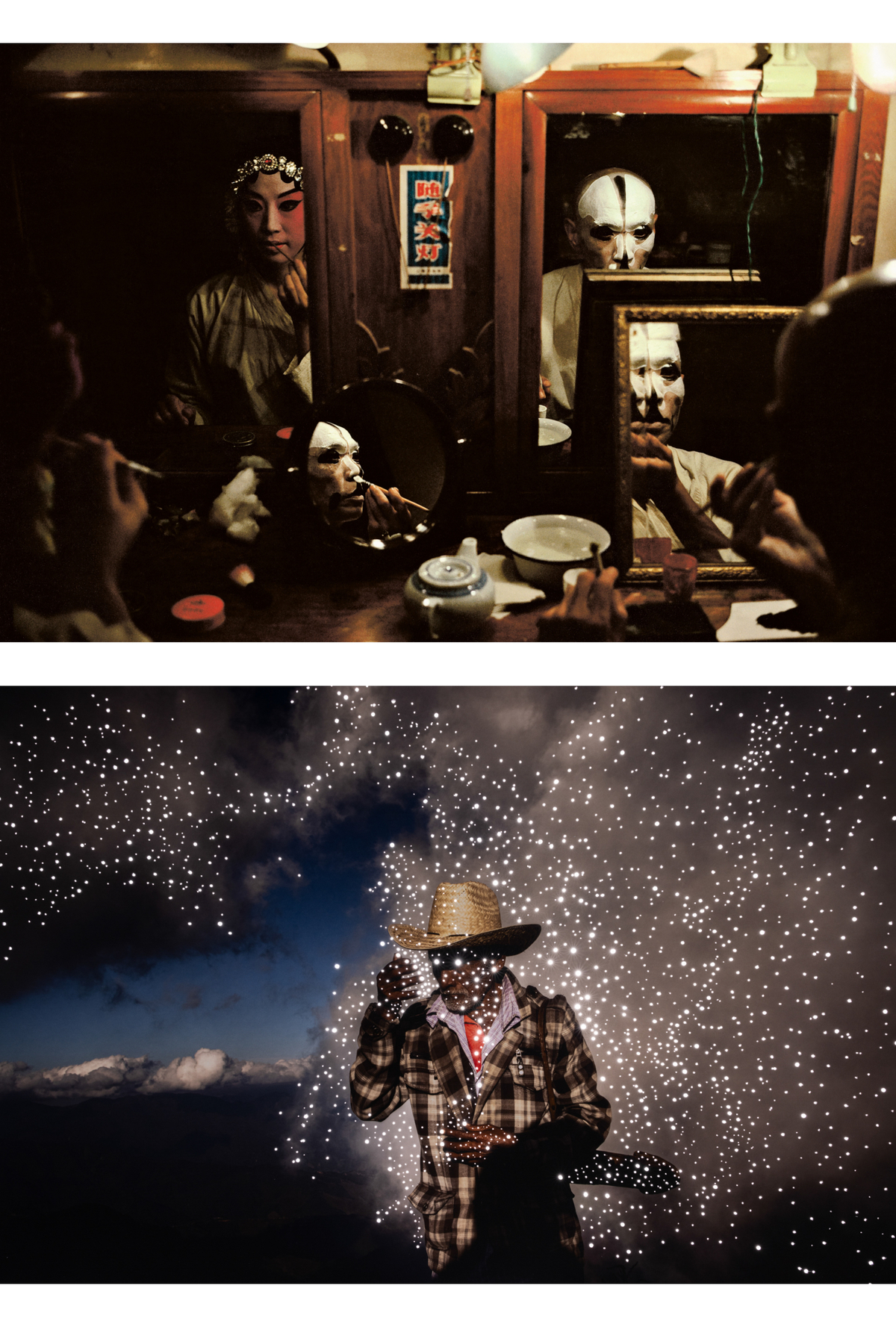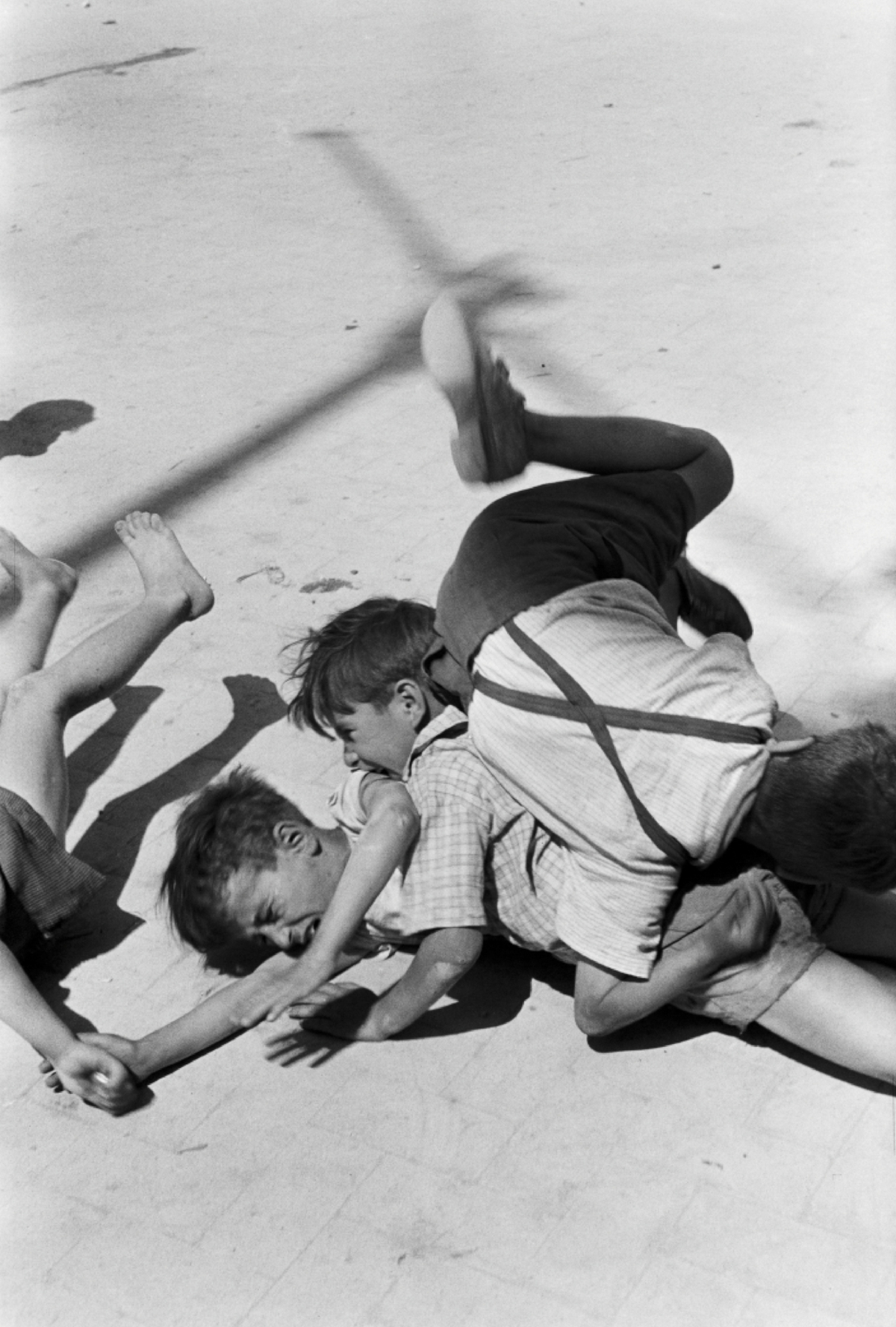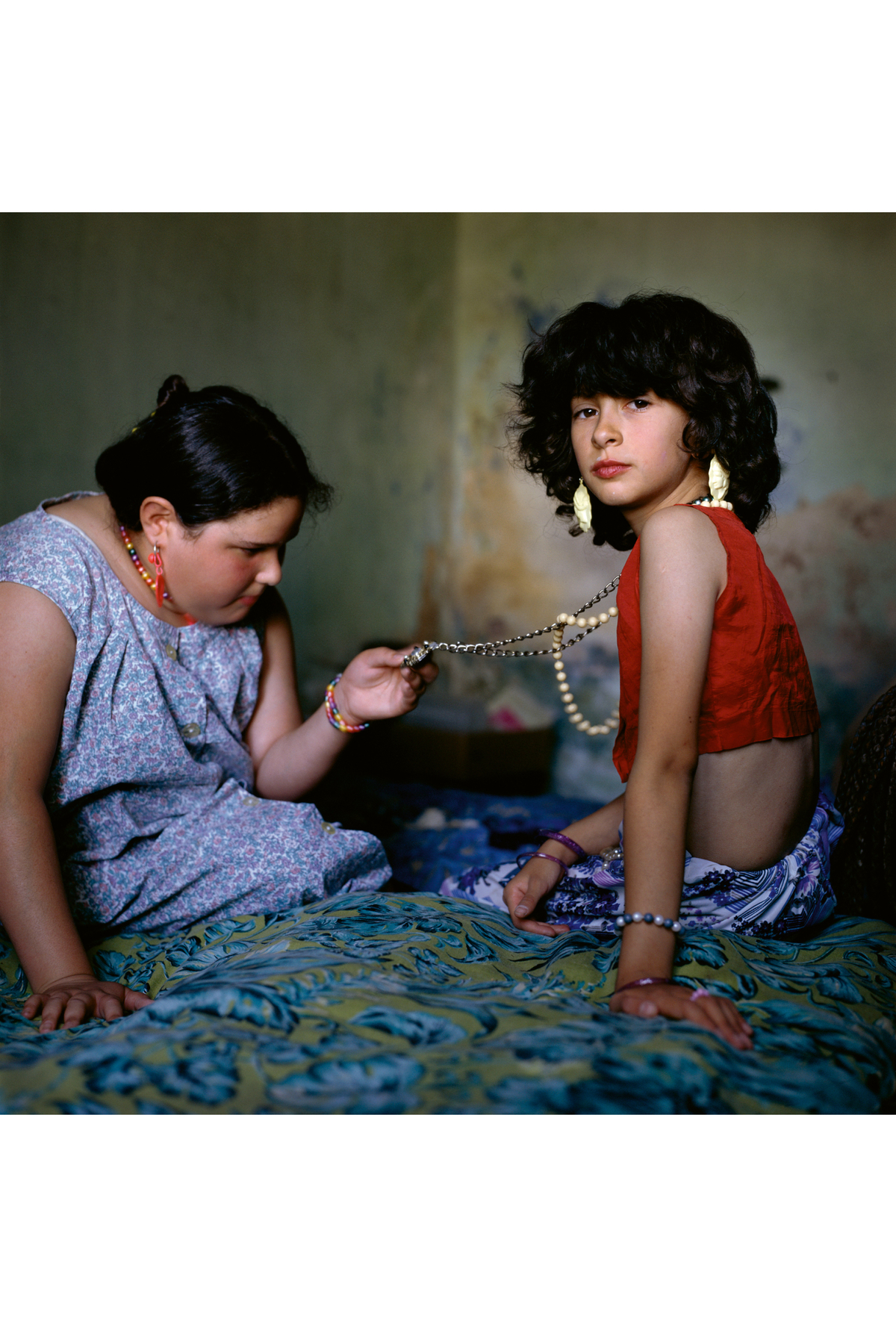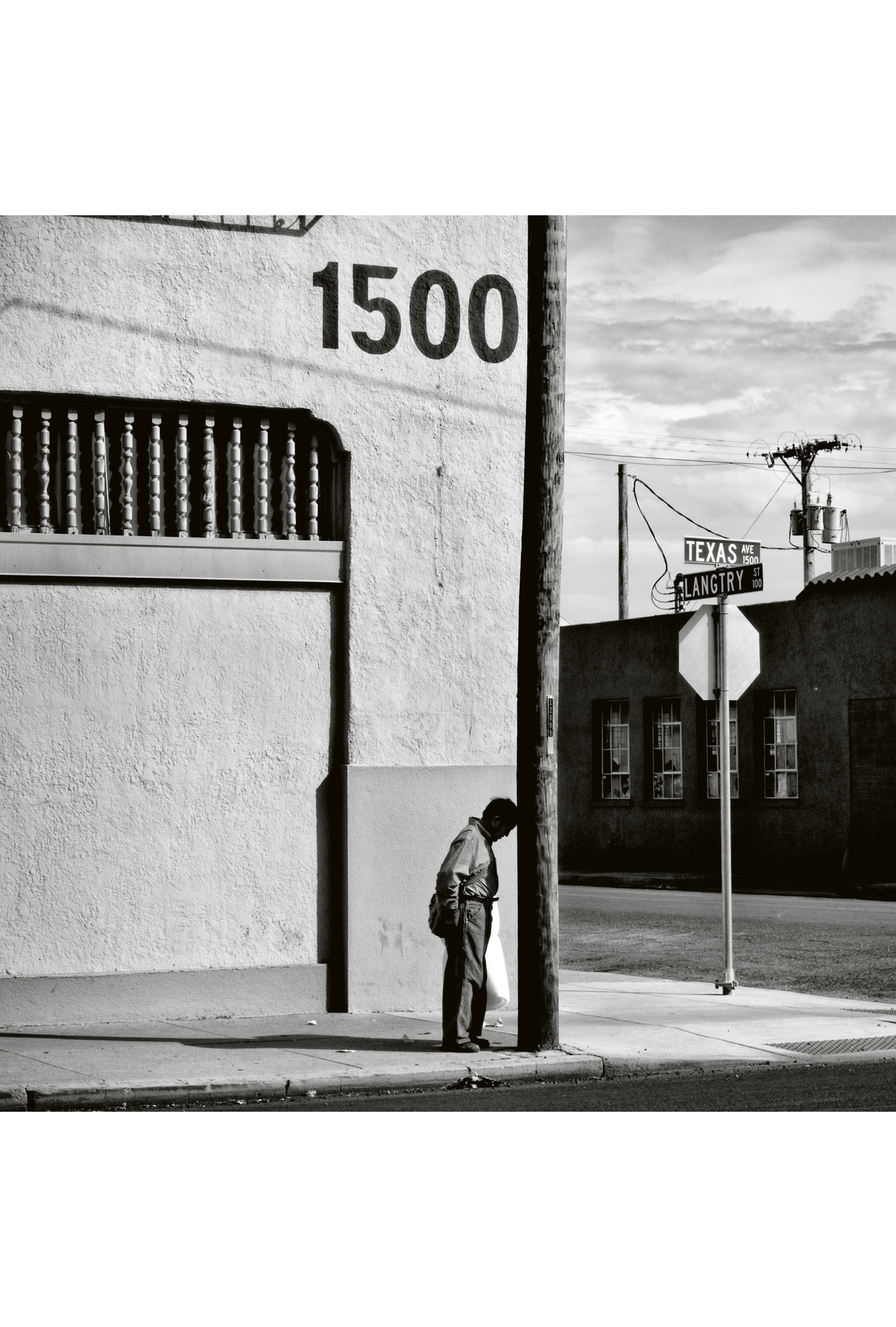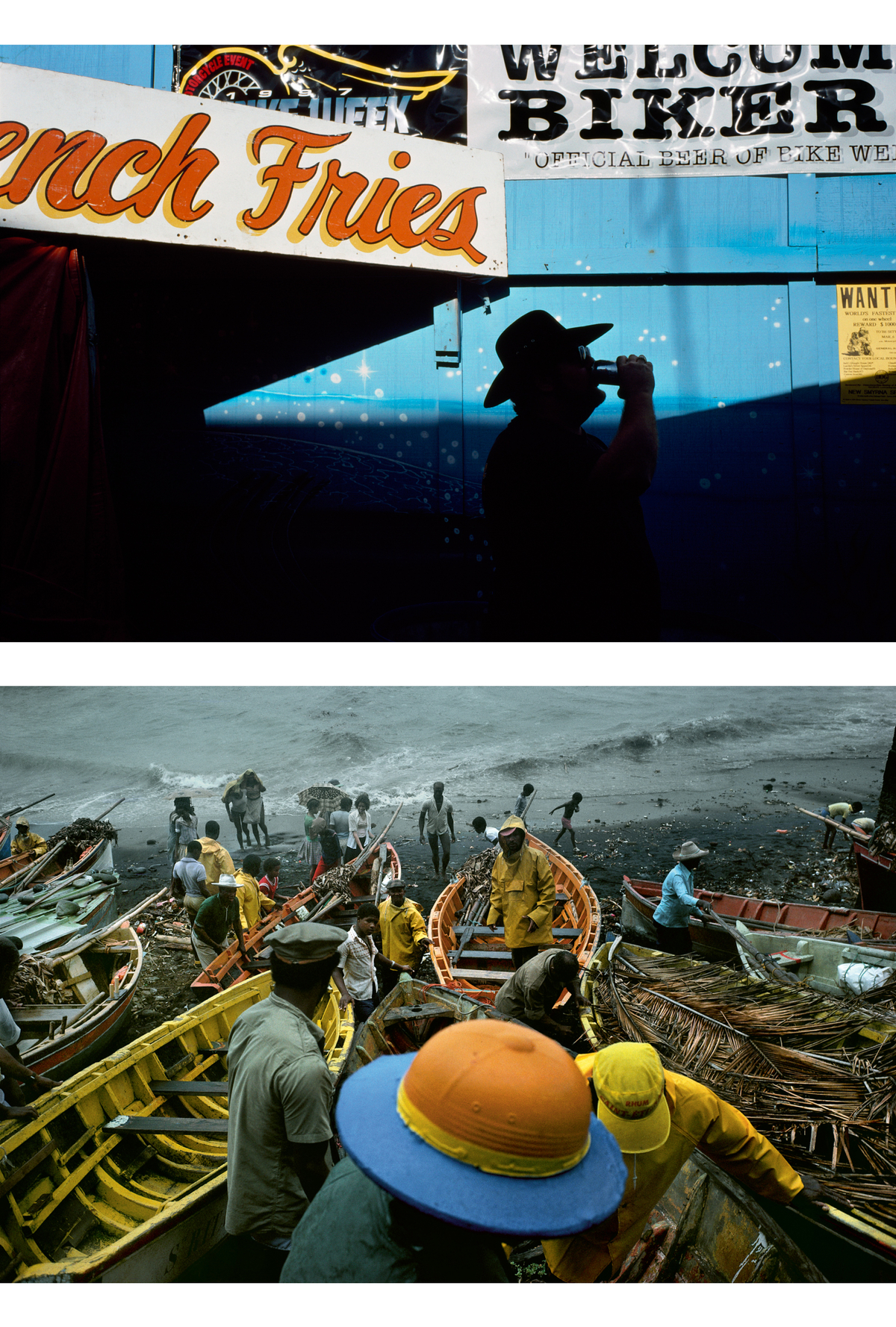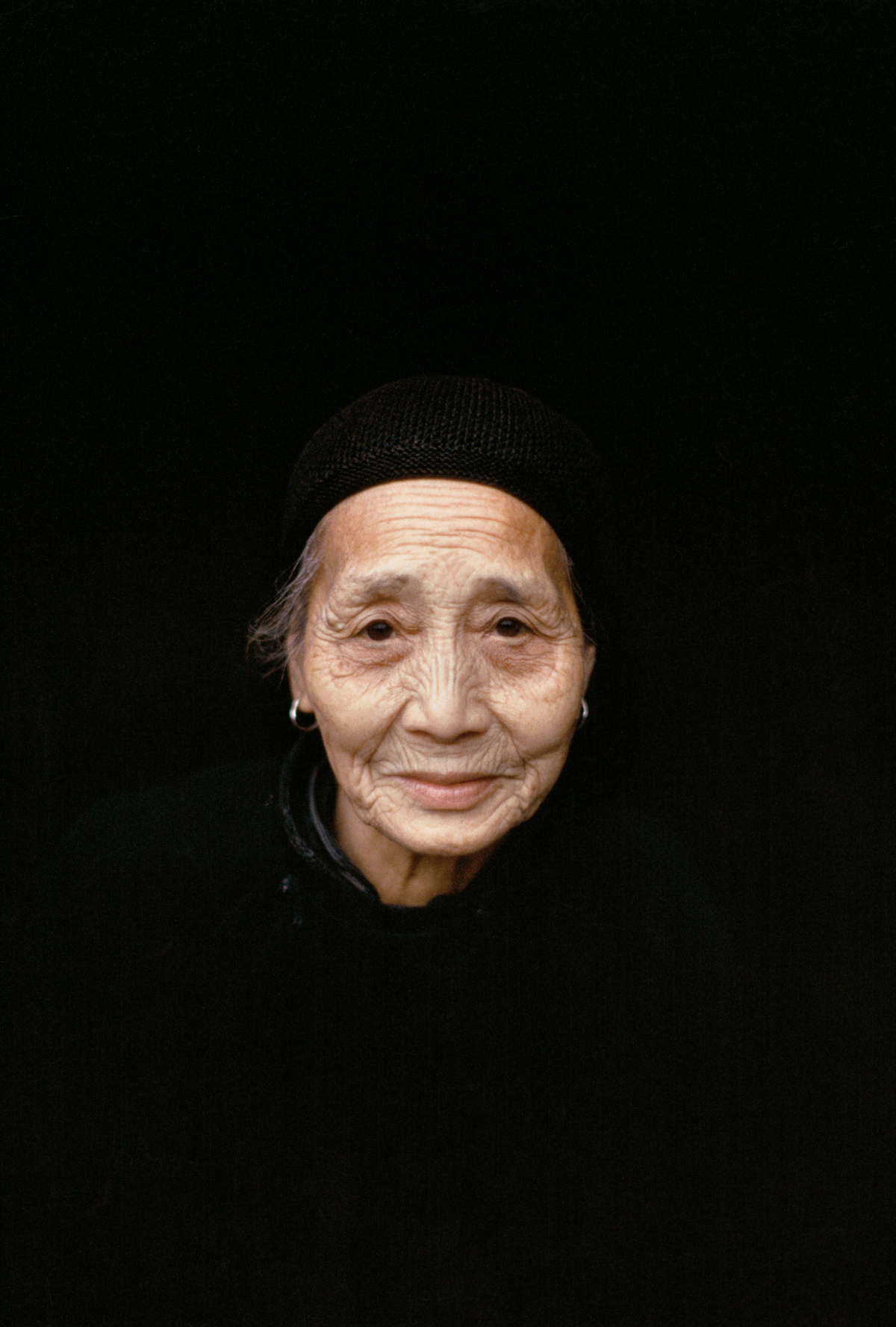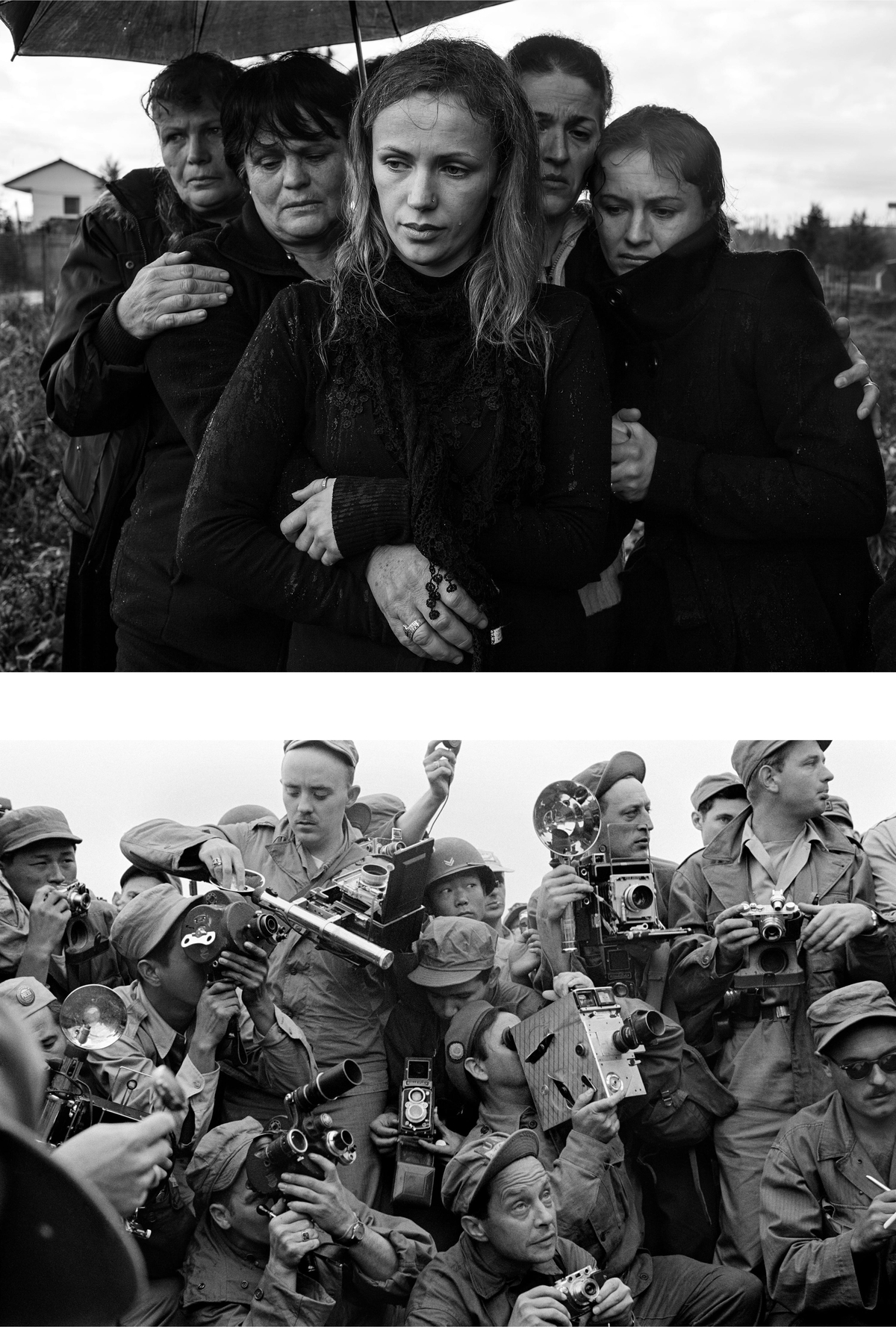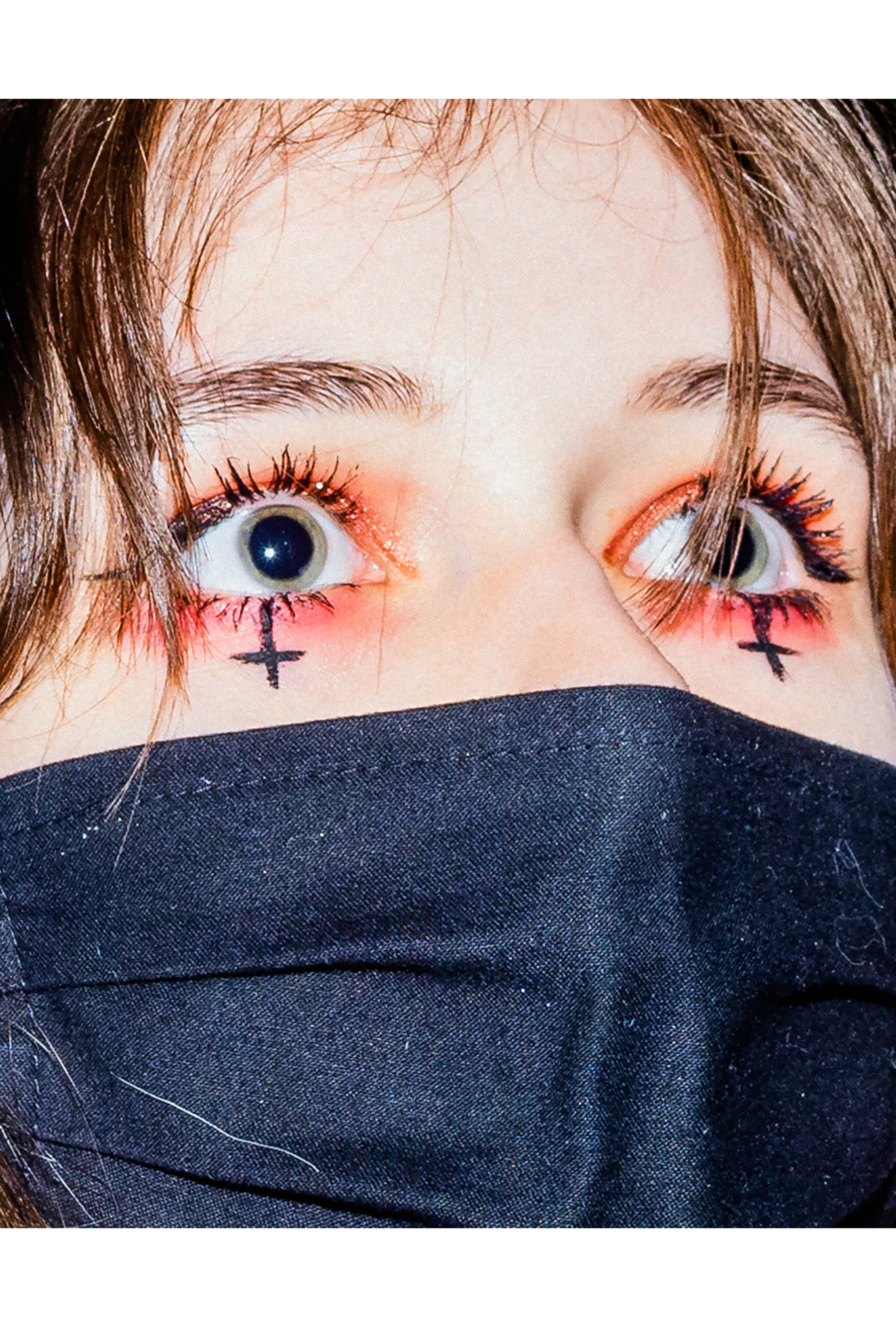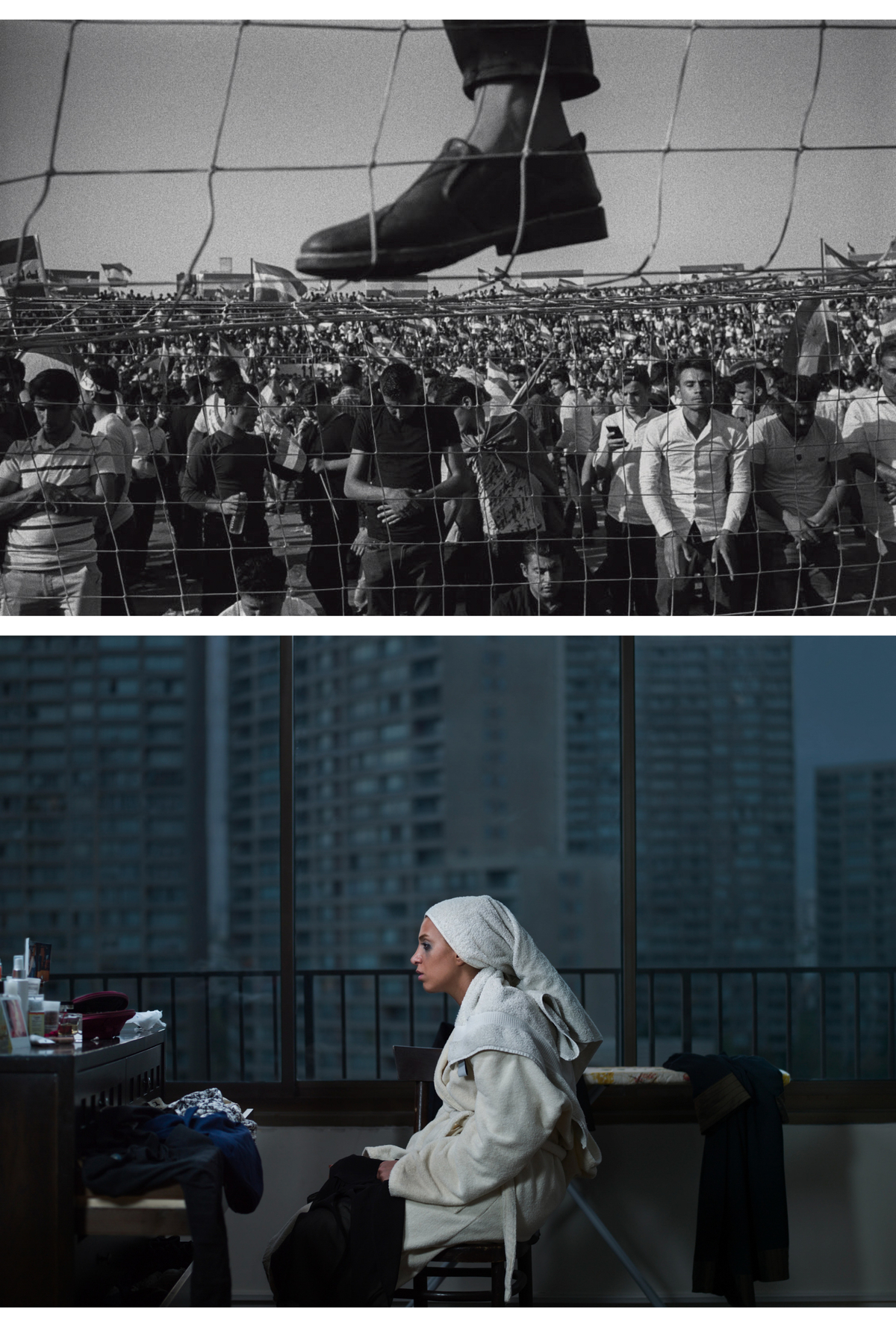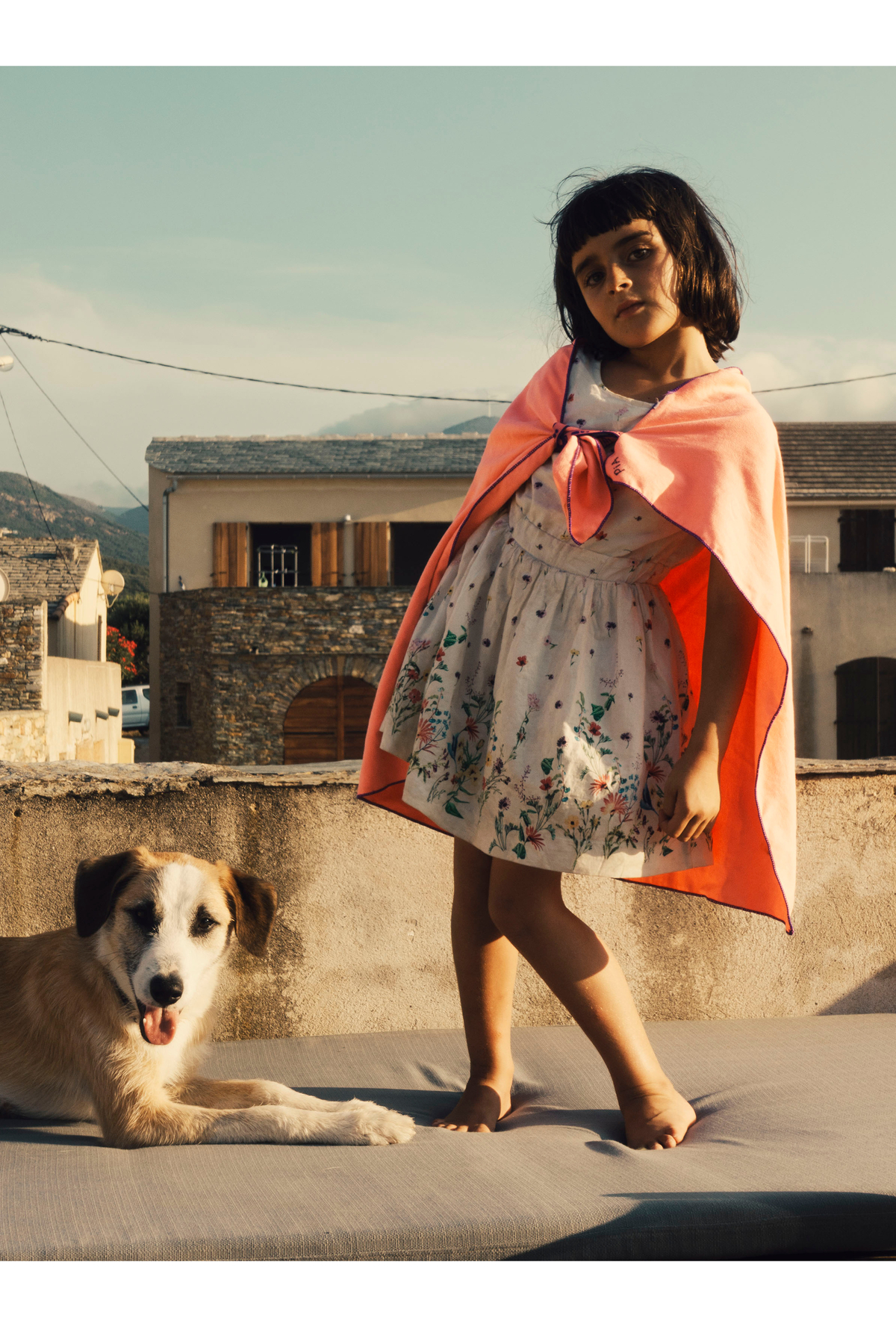In 1947, two years after the end of W.W. II, four photographers set out to create what would become the world’s most prestigious photography agency: Magnum Photos. Their names were Robert Capa, Henri Cartier-Bresson, George Rodger, and David “Chim” Seymour. In response to the proliferation of miniature cameras, which allowed anyone to be a “photographer,” Magnum attempted to define the photographer’s role in the postwar era.
The definition of “good photography” proved challenging from the start. In the early days, when technology fell short, bravery stepped in. Capa, who had made a name for himself in the 1930s during the Spanish Civil War, once stated, “If your pictures aren’t good enough, you aren’t close enough.”
Cartier-Bresson’s documentary style, poetically inflected, was built on what he called “the decisive moment.” As he wrote in his 1952 book of that name, “To me, photography is the simultaneous recognition, in a fraction of a second, of the significance of an event as well as of a precise organization of forms which give that event its proper expression.”
As technology evolved, the predominant perspective gradually shifted. In the 1960s, photographers such as William Eggleston, Boris Mikhailov, and Shōmei Tōmatsu were veering away from Cartier-Bresson’s perfect image perfectly timed. “Do we only want to be a catalog of history?,” Ernst Haas, an early Magnum member, wrote in 1960. “For me, history is only a part of what I’m interested in, and that is reality.”
In 1971, Philip Jones Griffiths published Vietnam Inc., an attempt to show reality with unprecedented compassion. He documented frightened soldiers dropping pounds of napalm from planes, and juxtaposed those images with women and children on the ground—mouths agape, crying from open wounds, blackened by fire. The book jolted the world’s conscience.
Raymond Depardon’s 1981 project on New York, for the French paper Libération, took a similar approach. Each picture was accompanied by a diary-like text in the first person, a form that positioned the photographer as a narrator, a trend that continues today.
To mark its 75th anniversary, Magnum is republishing its acclaimed 2007 book, Magnum Magnum, with additions by 25 new photographers. Look for Abbas’s image of religious devotees on Mount Rahma, in Saudi Arabia; Bruno Barbey’s aerial views of the vibrant Sidi Moussa tanneries, in Fez; and Jonas Bendiksen’s snow-crystal capture of a young girl’s grave in an Arctic settlement. Some shots are irreverent, others poetic or theatrical, and still others are bound to shock. All are good photographs. —Elena Clavarino

Magnum Magnum is out now from Thames & Hudson
Elena Clavarino is the Senior Editor at AIR MAIL


